The Yearbook data shows that market share for retailer brands increased in nearly two-thirds of the eighteen countries tracked by Nielsen. Private label maintained its high market share levels in Western countries, reaching 40 per cent or more in the United Kingdom, Germany, Belgium and Switzerland – and over 30 per cent in France, Spain and Portugal. While market shares are lower in the evolving retail markets of Central and Eastern Europe, they are climbing at an even faster rate. Private label has established dominant market share positions in several store departments. Retailer brands now account for more than half of the paper products sold in seven countries, the majority of frozen food volume in six countries, and more than half the pet food and care items sold in five countries. The growth of retailer brands is especially remarkable when seen from a longer perspective. Compared to five years ago, private label’s market share has increased in every one of the eleven countries that Nielsen audited during the period. The figures from Poland, the Czech Republic and Slovakia are distorted by the inclusion of the household, paper products and health & beauty segments. UK out in front With average growth (volume) of 1.49 per cent, the figures appear only slightly positive when concentrating on pet food and care. It is also clear immediately that some European countries, such as Germany (+1.4), Spain (+1.1), Austria (0.0) and Switzerland (+0.1) are lagging markedly behind the general trend. Development in Holland (-1.1) is at an absolutely negative level – in the one country in particular that is renowned for the production of private label goods. If it were not for UK with a proud growth rate of 5 percent and growth of 4.5 per cent in Belgium, the overall figure would be markedly poorer. Looking at the trend in terms of value, the average is +0.78 per cent. The striking factor here is the decline of 2.2 per cent in Switzerland. Norway (+2.9), Hungary (+2.4) and UK (+2.7) stand apart from their European counterparts here.

Retailer brands gaining market share
The Yearbook data shows that market share for retailer brands increased in nearly two-thirds of the eighteen countries tracked by Nielsen. Private label maintained its high market share levels in Western countries, reaching 40 per cent or more in the United Kingdom, Germany, Belgium and Switzerland – and over 30 per cent in France, Spain and Portugal. While market shares are lower in the evolving retail markets of Central and Eastern Europe, they are climbing at an even faster rate. Private label has established dominant market share positions in several store departments. Retailer brands now account for more than half of the paper products sold in seven countries, the majority of frozen food volume in six countries, and more than half the pet food and care items sold in five countries. The growth of retailer brands is especially remarkable when seen from a longer perspective. Compared to five years ago, private label’s market share has increased in every one of the eleven countries that Nielsen audited during the period. The figures from Poland, the Czech Republic and Slovakia are distorted by the inclusion of the household, paper products and health & beauty segments. UK out in front With average growth (volume) of 1.49 per cent, the figures appear only slightly positive when concentrating on pet food and care. It is also clear immediately that some European countries, such as Germany (+1.4), Spain (+1.1), Austria (0.0) and Switzerland (+0.1) are lagging markedly behind the general trend. Development in Holland (-1.1) is at an absolutely negative level – in the one country in particular that is renowned for the production of private label goods. If it were not for UK with a proud growth rate of 5 percent and growth of 4.5 per cent in Belgium, the overall figure would be markedly poorer. Looking at the trend in terms of value, the average is +0.78 per cent. The striking factor here is the decline of 2.2 per cent in Switzerland. Norway (+2.9), Hungary (+2.4) and UK (+2.7) stand apart from their European counterparts here.

 Menü
Menü

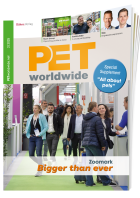



 9-10/2008
9-10/2008

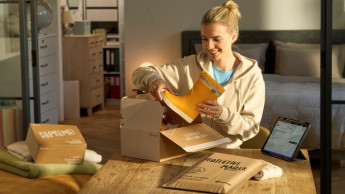
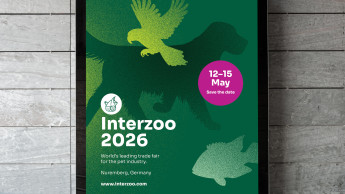

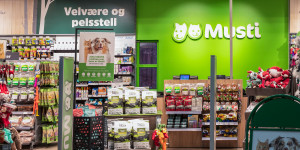

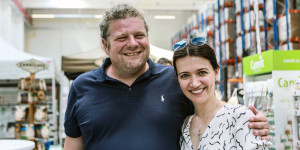
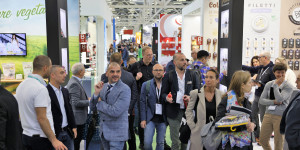

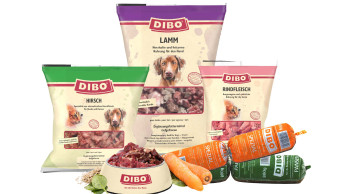
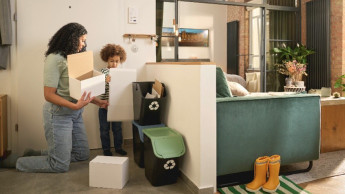
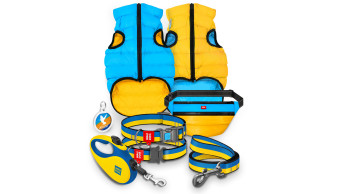
 Newsletter
Newsletter